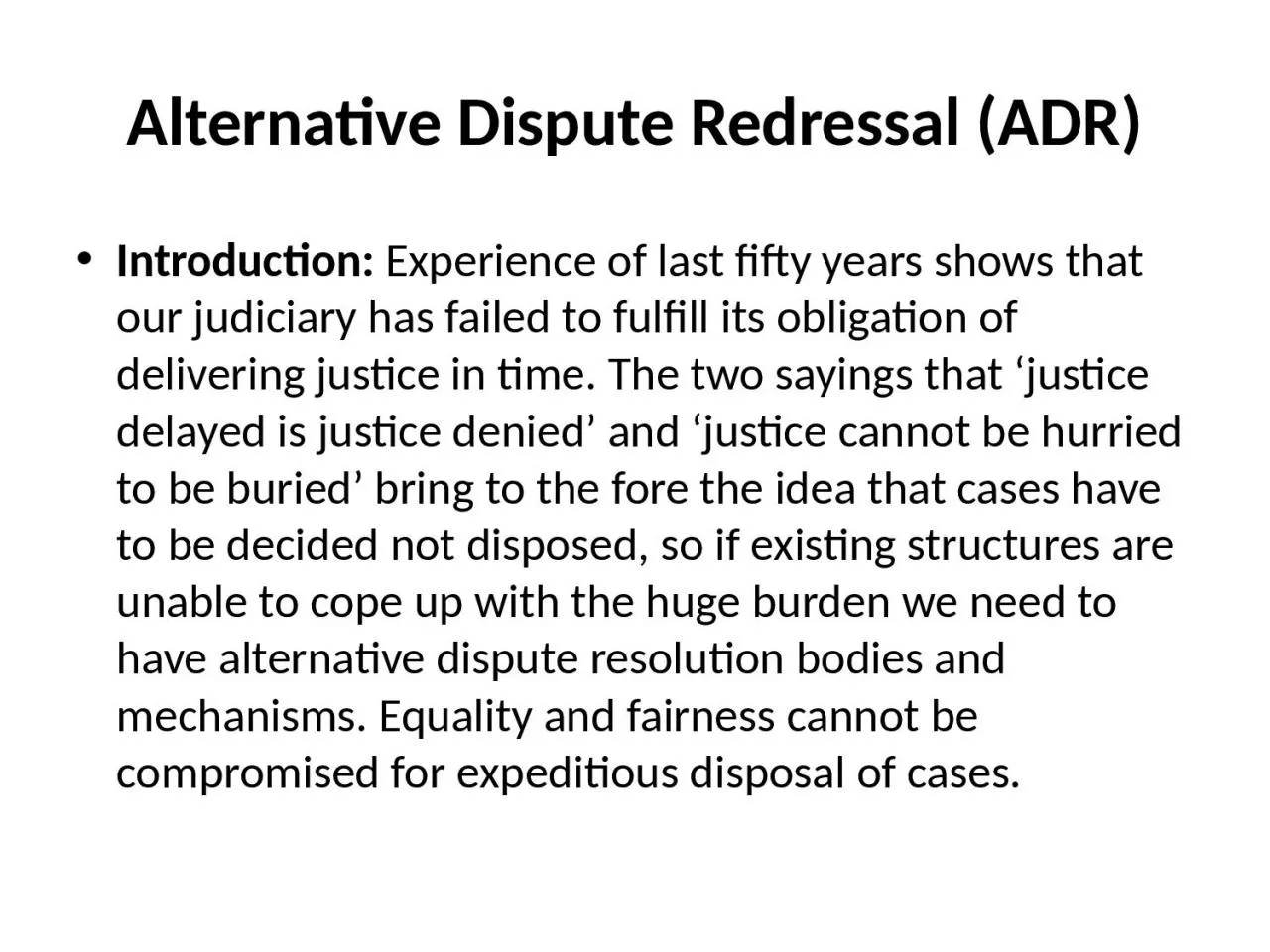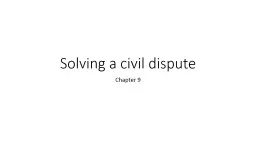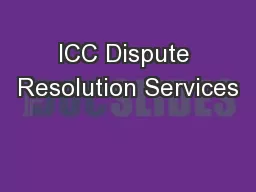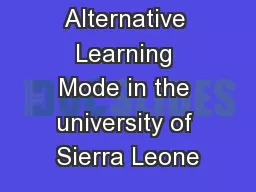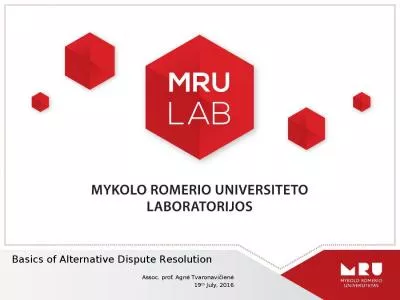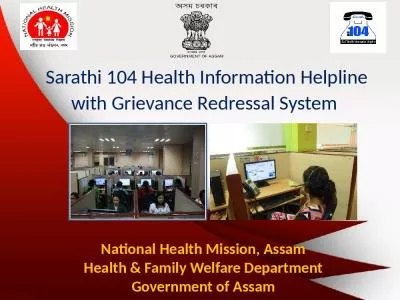PPT-Alternative Dispute Redressal
Author : willow | Published Date : 2023-11-04
ADR Introduction Experience of last fifty years shows that our judiciary has failed to fulfill its obligation of delivering justice in time The two sayings that
Presentation Embed Code
Download Presentation
Download Presentation The PPT/PDF document "Alternative Dispute Redressal" is the property of its rightful owner. Permission is granted to download and print the materials on this website for personal, non-commercial use only, and to display it on your personal computer provided you do not modify the materials and that you retain all copyright notices contained in the materials. By downloading content from our website, you accept the terms of this agreement.
Alternative Dispute Redressal: Transcript
Download Rules Of Document
"Alternative Dispute Redressal"The content belongs to its owner. You may download and print it for personal use, without modification, and keep all copyright notices. By downloading, you agree to these terms.
Related Documents

